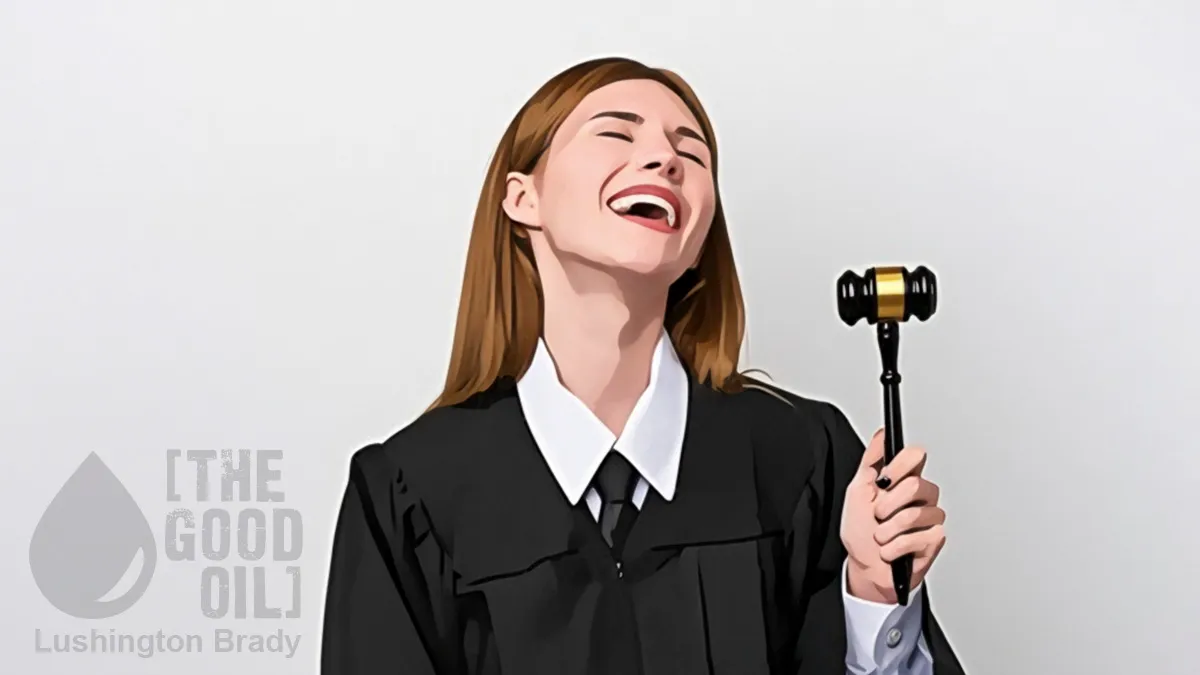Michael Cook
mercatornet.com
Michael Cook is the editor of MercatorNet. He lives in Sydney, Australia.
On April 7, 2020 Cardinal George Pell walked out of Barwon Prison, in Victoria, a free man. Australia’s High Court, in a unanimous 7-0 decision, had quashed his conviction for sexually abusing two choirboys in the 1990s.
One of the first scholarly articles on the issue has just appeared in the inaugural issue of the Australian Journal of Law and Religion. The author, Andrew Hemming, an associate professor of law at the University of Southern Queensland, asks why both the jury and the Victorian Court of Appeal got it wrong.
Together with the jailing of Lindy Chamberlain in the 1970s for killing her baby, the Pell case may be the best-known instance of mistaken conviction in Australian criminal history. A jury unanimously found him guilty of a foul crime, completely out of character, with no substantiated allegations before or after the events, on the testimony of one uncorroborated witness, against the testimony of 23 defence witnesses, more than 20 years afterwards.
What lessons can be learned?
Juries can be mistaken. Amongst the public there exists a kind of jury mysticism, based on faith in democracy and dozens of films, which says that 12 good men and true have a special charism for discerning guilt and innocence. The Pell case obviously shows that this is not always true, for several reasons. Obviously, pre-trial publicity can prejudice juries. In such cases, the other Australian states permit judge-only trials, but this option is not available in Victoria.
Another issue is whether juries are capable of understanding the instructions given by the presiding judge. Virginia Bell, now retired, one of the High Court judges in the Pell case, has observed that “while the empirical evidence suggests that jurors are generally conscientious in their efforts to follow the directions, which they are reported to find helpful, the evidence is less positive about the level of juror comprehension of directions”.
The criminal standard of proof is easily misunderstood by juries. In order to convict someone, the prosecution must prove its case “beyond reasonable doubt”.
But juries can be swayed by emotion in reaching a verdict, especially in cases of sexual assault. A solicitor for a Christian Brother whose conviction was overturned by the High Court told The Weekend Australian: “My view is that, in the current climate, defendants have a strong chance of being convicted in these cases whether they are guilty or not. It takes a brave prosecutor to say, ‘This doesn’t add up’. The prevailing attitude seems to be to prosecute and let the courts sort it out, but many juries are making decisions based on emotion and preconceptions, not evidence or facts.”
“Demeanour-based judgements” are unreliable. The case for the prosecution rested almost entirely upon the testimony of A, the now-grown-up schoolboy whom Pell allegedly assaulted, together with his friend B. He was, in the words of the majority decision in the Court of Appeal, “a very compelling witness, [who] was clearly not a liar, was not a fantasist and was a witness of truth”.
The High Court suggested that assessments of witnesses’ credibility based on their forthrightness and sincerity are inherently treacherous. “The division in the Court of Appeal in the assessment of A’s credibility may be thought to underscore the highly subjective nature of demeanour-based judgments,” they declared. Hemming quotes a 2009 book about lying: “most liars can fool most people most of them time”. And another lawyer observes sardonically that demeanour will only betray incompetent liars.
Even judges find it difficult to apply the standard of “beyond reasonable doubt”. The two judges on the Court of Appeal who upheld the guilty verdict reviewed the evidence of numerous witnesses supporting the implausibility of the allegations. Pell’s barrister Robert Richter called their view of events the “compounding improbabilities”. And they were largely unchallenged. However, the allegations dated back to 1996 and 1997, leaving these witnesses a bit foggy about the details. So the prosecutor’s strategy was not to discredit their testimony, but to ask if A’s version of events might be remotely possible – to which they had to answer, yes, they might just have been possible.
So it appears that the two judges treated A as a “witness of truth” and discounted the testimony of the “opportunity witnesses” because of the extremely remote possibility that each and every one of them was mistaken.
However, this effectively reversed the burden of proof from the prosecution to the defence. Pell had to prove beyond reasonable doubt that he was not guilty, rather than the prosecution having to prove beyond reasonable doubt that he was guilty. As the High Court put it: they had asked “whether there existed the reasonable possibility that A’s account was correct, rather than whether the prosecution had negatived the reasonable possibility that it was not”.
* * * * * * *
For supporters of Pell, the High Court’s decision was a welcome vindication of his innocence. However, it is possible that the case will have less welcome consequences. As another comment published in the Adelaide Law Review points out, Pell’s successful appeal could undermine public confidence in the outcomes of jury trials. “Juries are a vital part of the justice system, and decisions such as this inevitably undermine their credibility,” say Samuel Beer and Charlotte Butchart.
It could also make convicting criminals over historic sexual abuse more difficult. Often there is only one witness – the victim. And often the allegations seem implausible, especially if many years have passed. So the precedent set in Pell v The Queen could make convictions harder. As Beer and Butchart observe: “The High Court’s approach in dispensing what it perceived to be justice in Pell’s case carries the risk of making that same goal harder to achieve in others.”
If this does happen, whose fault will it be? Possibly the judges.
One lesson implicit in Hemming’s review is that judges sometimes lack courage. Hemming contends that “any objective assessment of the strength of the defence in the Pell case based on all the admissible evidence and 23 defence witnesses would lead to the conclusion that there was no reasonable prospect of conviction”.
That being the case, Kerry Judd, the Director of Public Prosecutions in Victoria, should have refused to allow the case to go to trial. And, adds Hemming, “Arguably, given the strength of Weinberg JA’s dissent, which was endorsed 7-0 in the High Court, Chief Judge Kidd should have directed the second jury to return a verdict of not guilty because the evidence taken at its highest could not sustain a guilty verdict beyond reasonable doubt.”
But both Judd and Kidd took the easier path. As a result, an innocent man spent 406 days in prison for a crime that he did not commit. And, as a result, it is also possible that guilty men will walk free for crimes they did commit.








